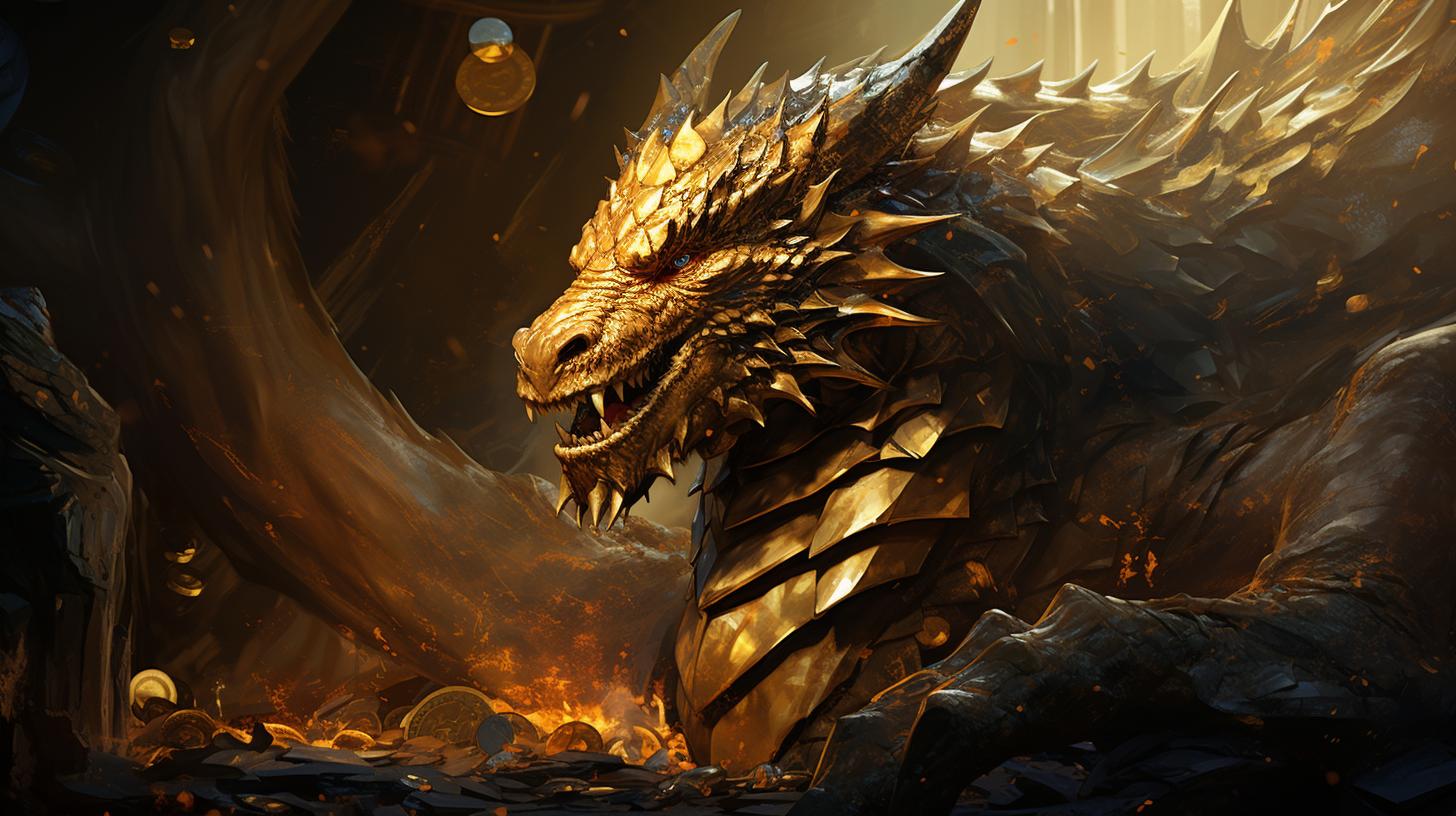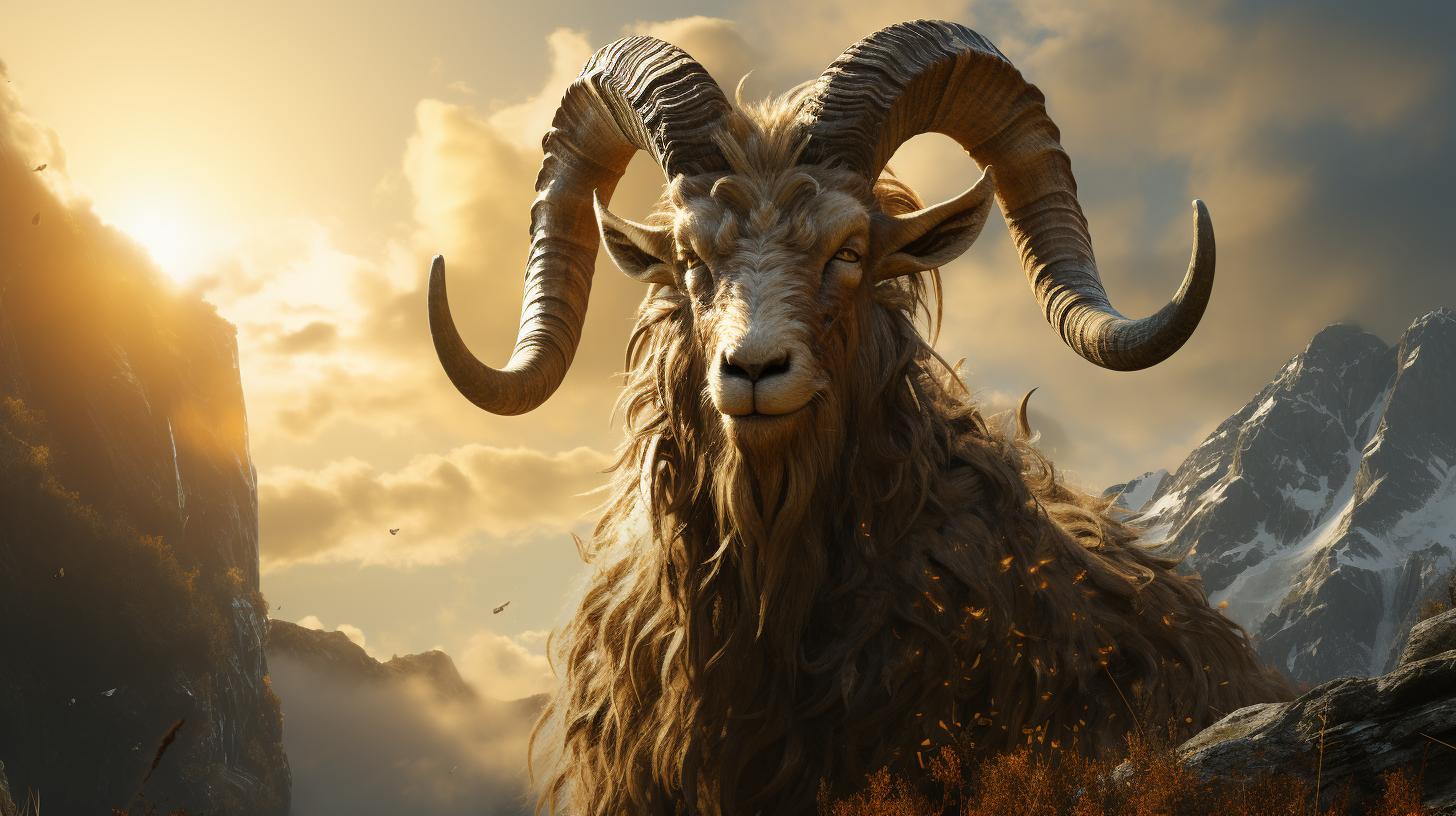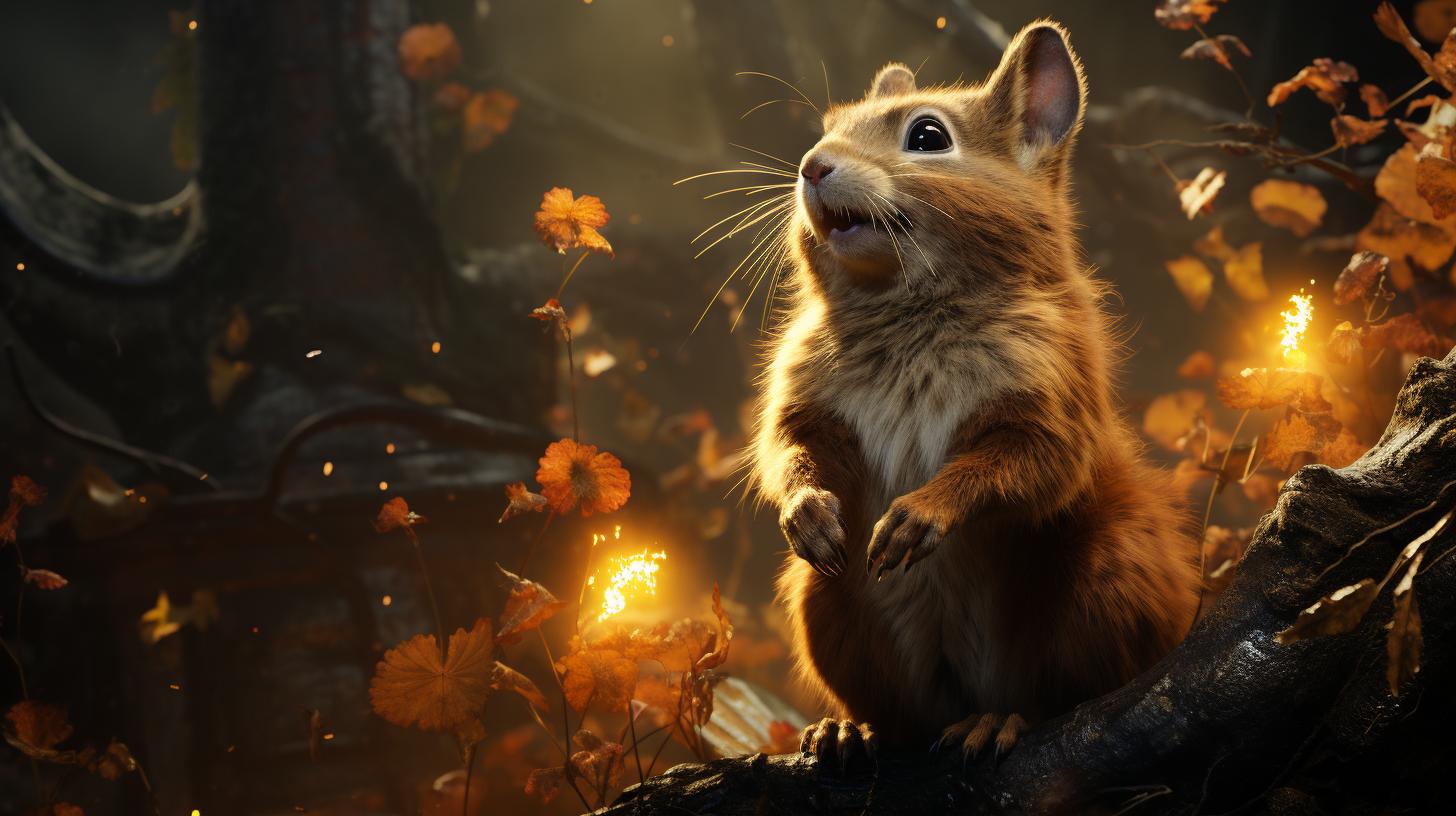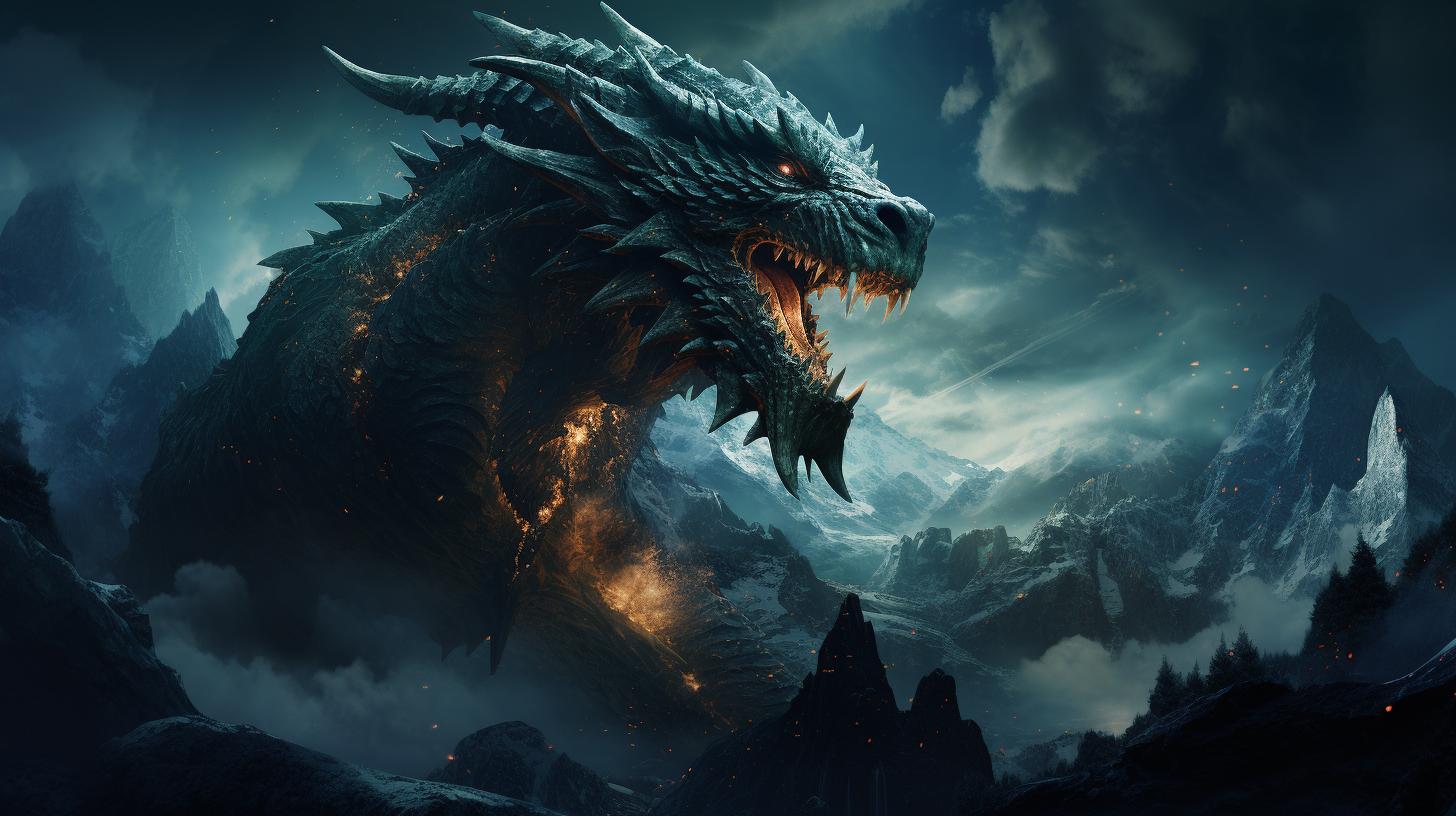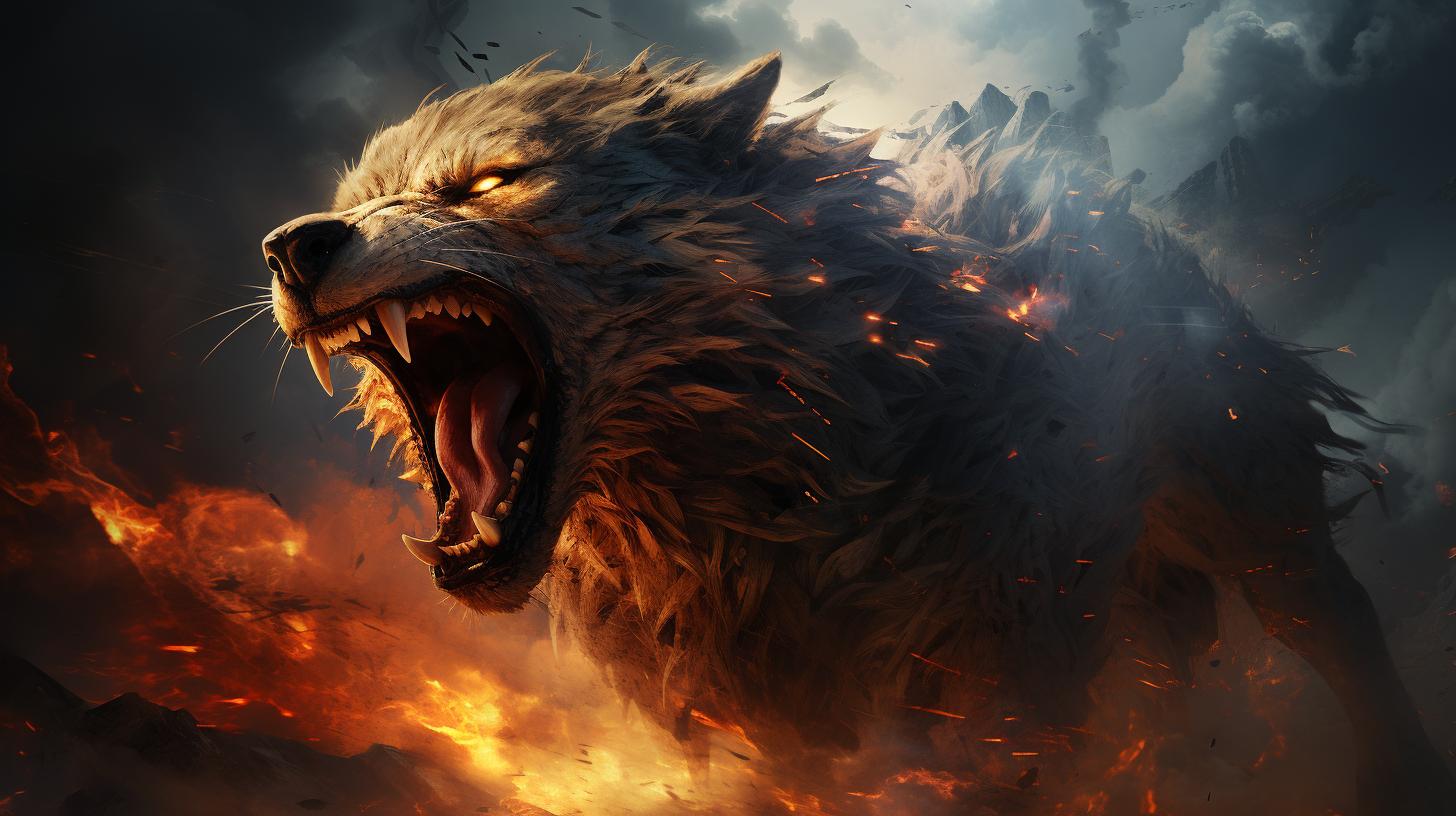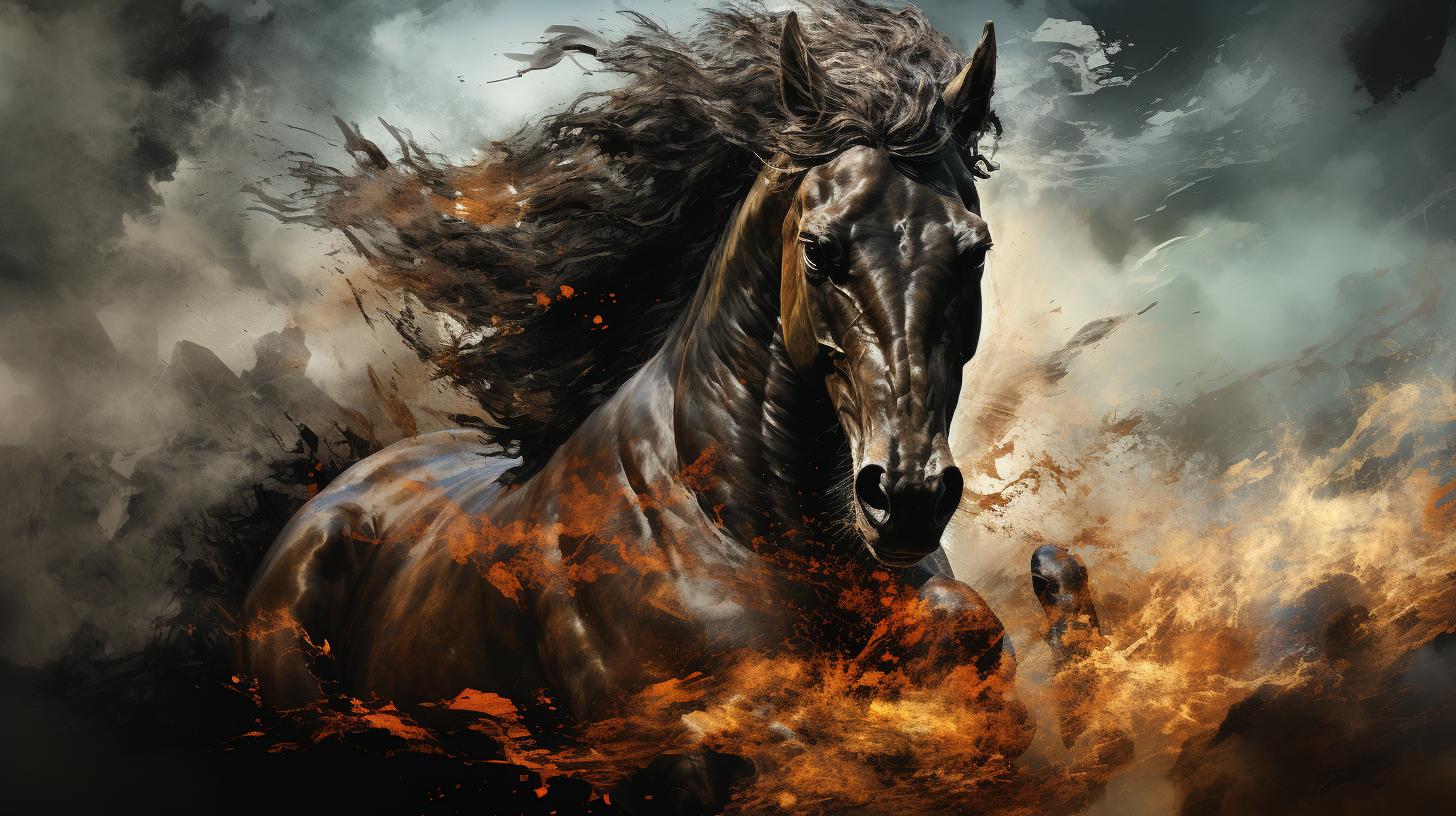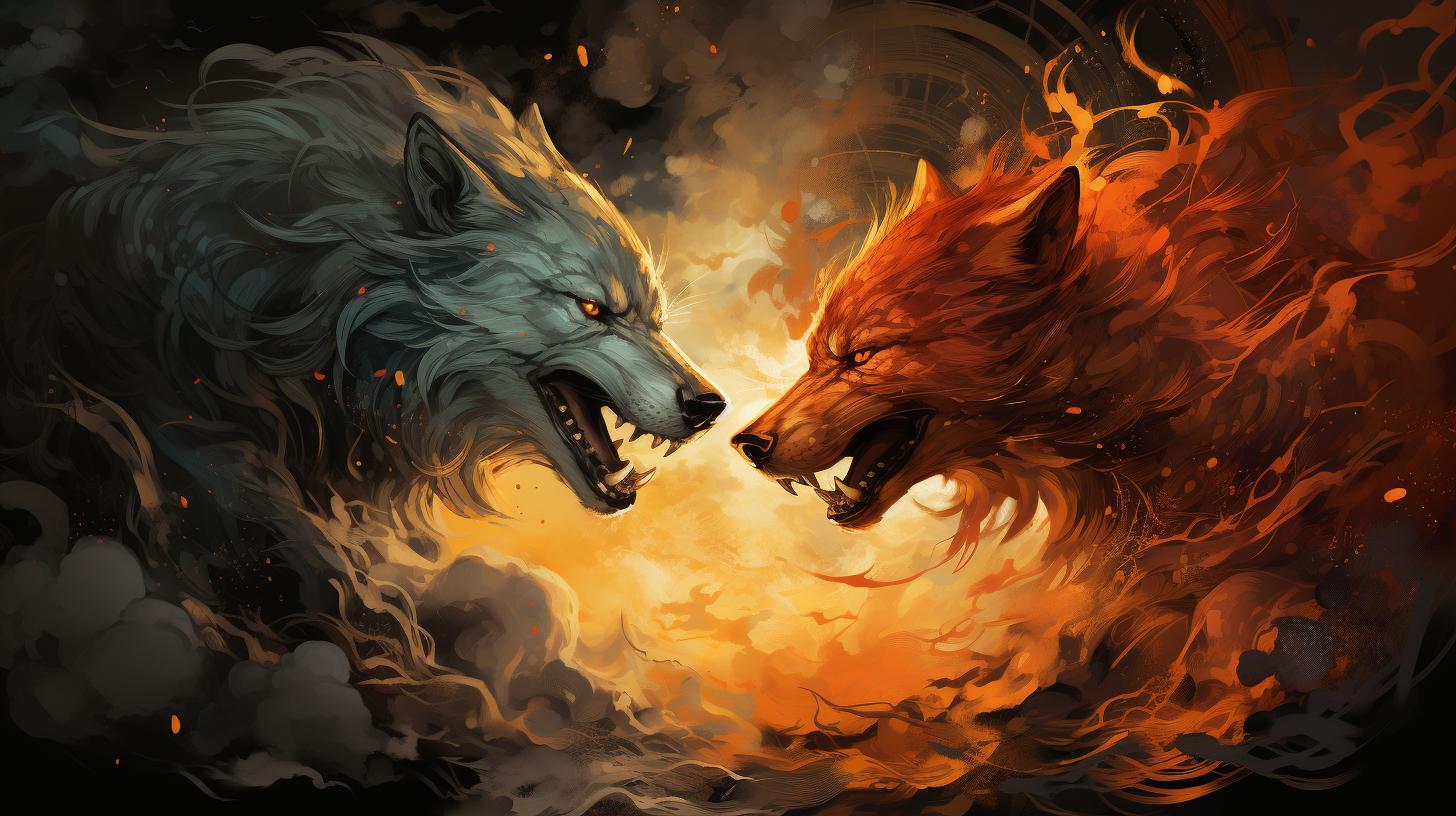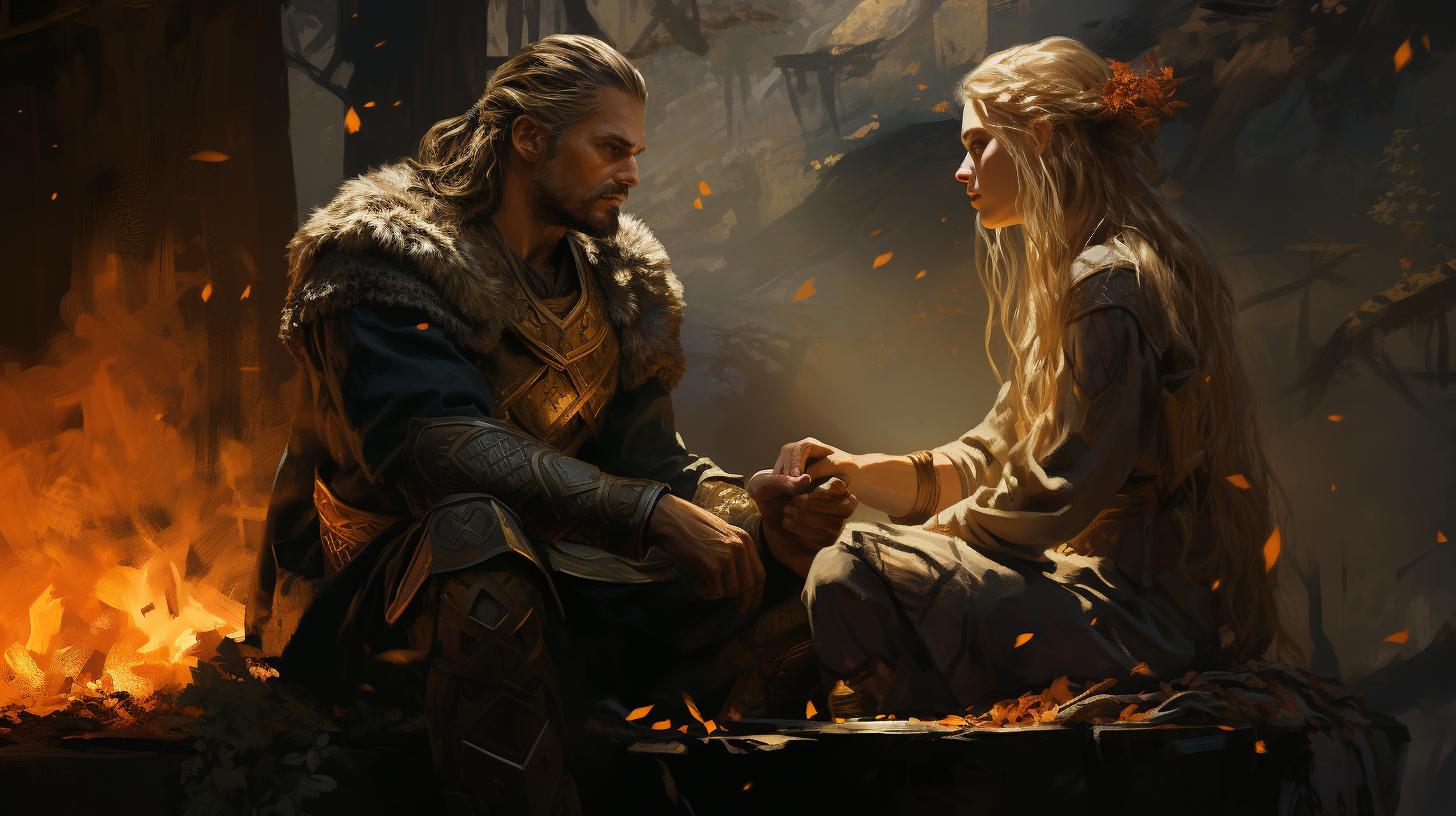Fafnir Norse Mythology: Unveiling the Legend of the Fearsome Dragon
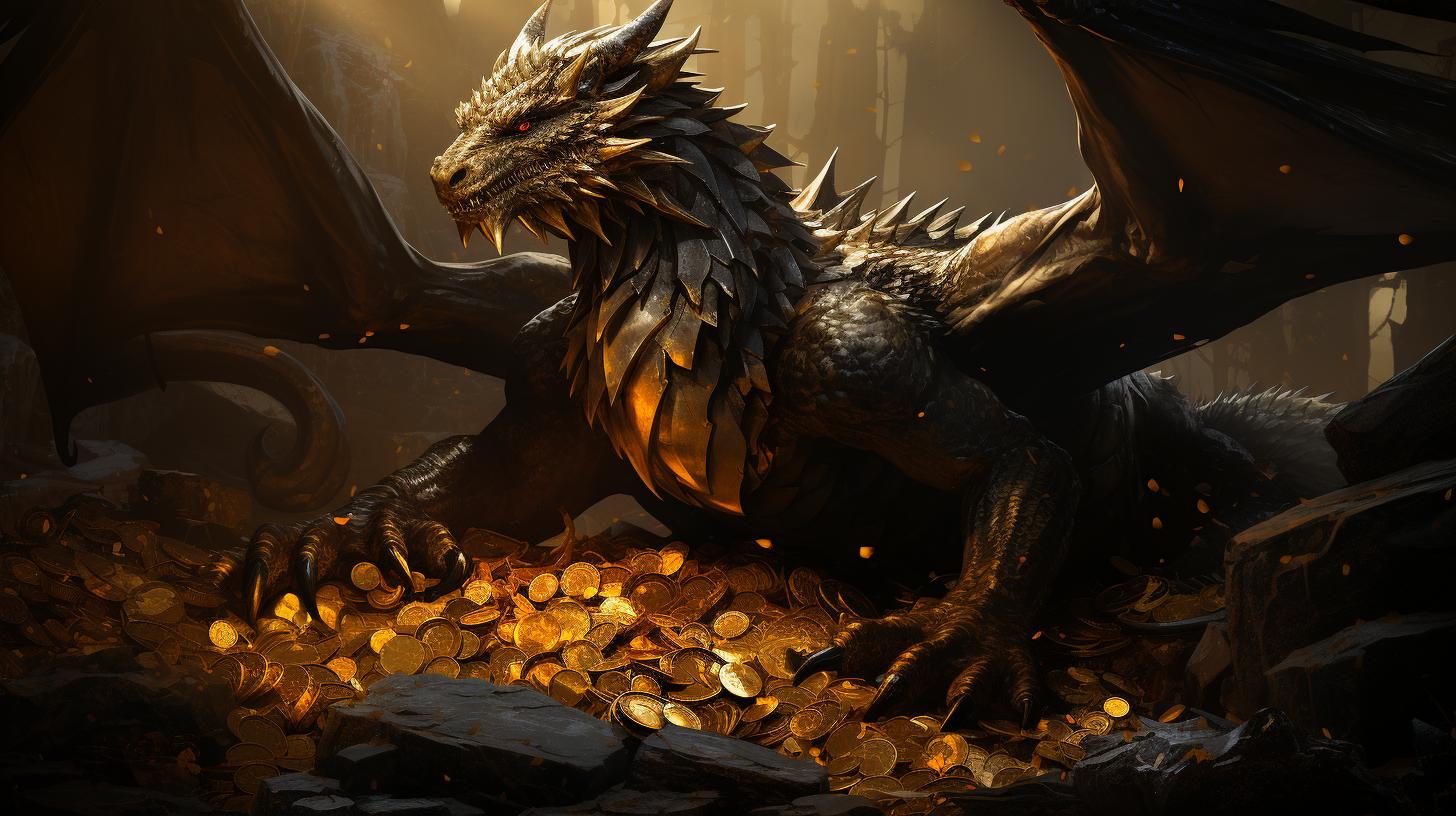
Fafnir, the legendary Norse dragon, holds a prominent place in Norse mythology. This fearsome creature has captivated minds for centuries with tales of his origins, role in Norse mythology, and intriguing transformation into a formidable dragon.
Fafnir’s involvement in battle and warfare showcases his power as a god of war, entwining him with other Norse gods. In addition to his mythological significance, Fafnir has gained recognition in popular culture as a prominent character in the Beyblade Burst series.
The story of Fafnir and Regin unveils a tale of greed and consequences, while Sigurd’s heroic encounter and victory over Fafnir lead to the fate of the dragon’s treasure. Fafnir’s symbolism as a representation of greed and its repercussions, along with the themes of transformation and mythical powers, shape the narrative surrounding him in Norse and medieval European literature.
Fafnir: The Legendary Norse Dragon
The mythological figure of Fafnir holds a prominent place in Norse mythology, captivating audiences with his intriguing origins, formidable role, and transformative nature. This section explores the various aspects surrounding Fafnir, shedding light on the captivating legends, his significant role in Norse mythology, and the intriguing transformation that turned him into a fearsome dragon.
Origins and Legends Surrounding Fafnir
Fafnir’s origins are shrouded in mystery, with enchanting legends weaving tales of his existence. These stories delve into his ancestry, explaining his connection to notable figures in Norse mythology and providing insight into the circumstances that led to Fafnir’s transformation.
Fafnir’s Role in Norse Mythology
Within the realm of Norse mythology, Fafnir assumes a significant role that reflects the complex dynamics between gods, humans, and mythical creatures. Delving into Fafnir’s encounters, alliances, and conflicts with other mythological beings unveils his role as a pivotal figure in the Norse pantheon and sheds light on the themes of power, greed, and fate.
The Transformation of Fafnir into a Dragon
The transformation of Fafnir from a figure of flesh and blood to a terrifying dragon is a captivating tale in itself. Exploring the circumstances surrounding this metamorphosis, including the origins of the curse and the symbolic implications it carries, provides a deeper understanding of Fafnir’s nature and the consequences of his transformation.
Fafnir: The God of War
Fafnir, the fearsome dragon of Norse mythology, is not only known for his terrifying appearance but also for his prowess in battle and warfare. As a god of war, Fafnir played a significant role in the epic tales of Norse sagas and legends.
Let’s delve into the various aspects of Fafnir’s involvement in battle, his formidable powers and abilities, and his connections to other Norse gods.
Fafnir’s Involvement in Battle and Warfare
Fafnir was renowned for his ferocity and his relentless pursuit of victory on the battlefield. He was feared by both mortals and gods alike, as his strength and combat skills were unmatched.
Fafnir’s presence in battle was often a turning point, as his mere appearance struck fear into the hearts of his enemies. He displayed a relentless and aggressive fighting style, using his size, power, and deadly claws and teeth to overpower his foes.
Legends tell of Fafnir’s participation in major conflicts, where his overwhelming might turned the tide of the battle in favor of his side. Whether it was defending the realms of gods, aiding his fellow deities, or battling alongside armies of warriors, Fafnir’s presence brought a destructive force that could singlehandedly shift the outcome of a war.
Fafnir’s Powers and Abilities
Fafnir’s powers and abilities were otherworldly, granting him an unparalleled advantage in combat. As the god of war, he possessed immense physical strength, endurance, and resilience, enabling him to withstand powerful attacks and emerge victorious.
His dragon form bestowed upon him a fearsome arsenal, including razor-sharp claws, a massive wingspan for aerial dominance, and a serpentine body that made him nigh invulnerable to conventional weapons.
Additionally, Fafnir had the ability to breathe fire, a deadly weapon that could scorch and consume anything in its path.
This power further enhanced his already formidable presence on the battlefield, as he could rain down destruction upon his enemies from above, leaving charred remains in his wake.
Fafnir’s Connections to Other Norse Gods
Within the realm of Norse mythology, Fafnir had significant connections to several other gods.
Notably, he was the brother of Regin, a cunning and greedy dwarf who played an influential role in Fafnir’s transformation. Their complex relationship was marked by jealousy, betrayal, and the insatiable desire for power and wealth.
Furthermore, Fafnir’s exploits brought him into contact with various Norse deities, including Odin, the Allfather, and Thor, the god of thunder. These interactions often involved epic battles and strategic alliances, as Fafnir’s immense power made him a force to be reckoned with even among the gods.
In conclusion, Fafnir’s role as the god of war in Norse mythology was one of unmatched strength, strategic prowess, and destructive power. His involvement in battle shaped the narratives of legendary conflicts, and his connections to other gods added depth and complexity to his story.
Fafnir’s legacy as a formidable warrior and fearsome dragon continues to captivate and inspire in both myth and popular culture.
Fafnir: The Beyblade Burst Character
Fafnir, a prominent character in the popular Beyblade Burst series, has captivated fans with its unique abilities and captivating storyline. In this section, we will explore the introduction, characteristics, and performance of Fafnir in battles, as well as its impact on popular culture and the fan community.
Introduction to Fafnir Beyblade and its Origins
Fafnir Beyblade, inspired by the legendary Norse dragon, takes center stage in the Beyblade Burst universe. With its striking design and fierce reputation, Fafnir has become one of the most sought-after Beyblades among players.
The origins of Fafnir’s creation and its connection to its mythological namesake add an intriguing layer to its character.
Fafnir’s Characteristics and Performance in Battles
Fafnir’s gameplay revolves around its unique Spin-Stealing ability. Equipped with a rubber driver that enables it to absorb spin power from rival Beyblades, Fafnir possesses incredible stamina and control. Its layered construction enhances stability and endurance, making it a formidable opponent in battles.
Bladers who harness Fafnir’s powers can strategically outlast their adversaries and claim victory.
Fafnir in Popular Culture and Fan Community
Since its introduction, Fafnir has garnered a devoted fan following within the Beyblade Burst community. Its popularity extends beyond the game itself, with Fafnir becoming a beloved character in various forms of media.
Fans create fan art, engage in discussions, and compete with customizations of their Fafnir Beyblades. The impact of Fafnir on popular culture is evident in its influence on merchandise, tournaments, and the passionate community that surrounds it.
The Story of Fafnir and Regin
The tale of Fafnir and Regin delves into the intricate web of greed, cunning, and tragic consequences. Regin, Fafnir’s brother, is depicted as a character consumed by avarice, driven to acquire the vast treasure guarded by Fafnir.
Regin’s relentless pursuit of wealth ultimately sets in motion a chain of events that has dire repercussions for both brothers.
Regin: Fafnir’s Greedy and Cunning Brother
Regin exemplifies the insatiable hunger for riches through his insidious scheming. Driven by envy, he manipulates Fafnir, coaxing him into transforming into a fearsome dragon in order to safeguard the treasure.
Regin’s greed blinds him to the potential dangers of his actions, ultimately leading to his own demise and the tragic transformation of his beloved brother.
Fafnir’s Transformation and the Ominous Curse
Fafnir’s transformation into a dragon is a pivotal moment in the story. Cursed by his newfound form, he becomes the terrifying guardian of the treasure hoard, lusting for both wealth and power.
In this haunting metamorphosis, Fafnir’s fate is sealed, forever destined to roam the world as a formidable creature wreaking havoc on any who dare challenge him.
The Conflict and Ultimate Consequences
The conflict between Fafnir and Sigurd, the valiant hero of the tale, arises as Sigurd embarks on a quest to slay the dragon and seize the treasure. Their fateful encounter leads to a fierce battle, with Sigurd ultimately triumphing over the mighty beast.
The consequences, however, are far-reaching, as the dragon’s treasure carries its own weight of curses and tragic implications that reverberate throughout the Norse mythology.
The story of Fafnir and Regin serves as a cautionary tale, exploring themes of greed, betrayal, and the transformative power of mythical creatures. It offers profound insights into the human condition and the eternal struggle between desire and morality, reminding us that even gods are not exempt from the devastating consequences of their actions.
Sigurd and the Defeat of Fafnir
Sigurd, the brave hero of the story, embarks on a legendary quest to confront the fearsome dragon Fafnir. Armed with his courage and mystical weaponry, Sigurd sets out on a treacherous journey that will ultimately lead to the defeat of the mighty dragon.
Sigurd: The Hero of the Story
Sigurd emerges as a central figure in the narrative, renowned for his bravery and noble lineage. Guided by destiny and fueled by a thirst for adventure, Sigurd becomes determined to rid the land of Fafnir’s terror and claim victory over the menacing creature.
The Encounter with Fafnir and the Dragon’s Weakness
In a thrilling and fateful clash, Sigurd confronts Fafnir in a battle of monumental proportions. The encounter unveils Fafnir’s vulnerability – a weak spot concealed beneath impenetrable scales. Sigurd’s cunning and bravery come into play as he carefully exploits Fafnir’s weakness, determined to emerge victorious.
Sigurd’s Victory and the Fate of the Dragon’s Treasure
Sigurd’s valiant efforts are rewarded as he deals a fatal blow to Fafnir, putting an end to the dragon’s reign of terror. With the defeat of Fafnir, Sigurd secures the dragon’s vast treasure hoard which holds legendary significance.
The fate of this treasure, as well as its profound impact on Sigurd’s own destiny, unfolds as the story continues to unravel.
Fafnir: Symbolism and Themes
Exploring the symbolism and themes surrounding Fafnir in Norse mythology reveals profound insights into human nature and the power of mythical creatures. Fafnir serves as a striking symbol of greed and its far-reaching consequences, cautioning against the destructive nature of unchecked desires.
Fafnir as a Symbol of Greed and Its Consequences
Fafnir’s transformation from a human into a dragon represents the corrupting influence of greed. His insatiable hunger for wealth and power leads him to hoard a vast treasure, ultimately trapping him in a monstrous form.
The story serves as a cautionary tale, warning of the destructive consequences that can result from an insatiable desire for material possessions.
Furthermore, Fafnir’s cursed existence serves as a reminder that the pursuit of wealth and power can lead to isolation and a loss of humanity.
As Fafnir guards his treasure, he becomes a solitary figure, cut off from human connection and consumed by his insatiable desire.
Themes of Transformation and the Power of Mythical Creatures
The transformation of Fafnir into a dragon highlights the transformative power of mythical creatures in Norse mythology. Fafnir’s physical metamorphosis mirrors the internal transformation caused by greed, illustrating how unchecked desires can alter one’s very essence.
Additionally, Fafnir’s dragon form emphasizes the awe-inspiring power and primal nature of mythical creatures. As a dragon, Fafnir becomes a force to be reckoned with, embodying strength, fear, and the untamed aspects of nature.
This theme underscores the importance of respecting and understanding the immense power that mythical creatures hold within Norse mythology.
Fafnir’s Impact on Norse and Medieval European Literature
The legend of Fafnir has left a lasting impact on Norse and medieval European literature. His story has inspired numerous adaptations and retellings, captivating audiences with its exploration of greed, heroism, and the consequences of actions.
Fafnir’s portrayal as a cautionary figure in literature reflects societies’ enduring fascination with the dangers of excessive greed. Furthermore, his encounter with Sigurd, the heroic dragon slayer, serves as a testament to the human capacity for courage and triumph over adversity.
- Illustration of the destructive nature of greed
- Transformation as a metaphor for inner change
- Power and primal nature of mythical creatures
- Influence on Norse and medieval European literature
Overall, Fafnir’s symbolism and the exploration of themes in Norse mythology shine a spotlight on the importance of balance, self-reflection, and the consequences of our actions.
Fafnir’s cautionary tale serves as a timeless reminder to be mindful of the desires that can consume us and the potential for transformation within.
.

